Uganda, the Pearl of Africa, has always been one of the most favorable countries for coffee cultivation. It has rich and fertile lands, volcanic soils in the east and west, mild temperatures between 20 °-30 ° and two rainy seasons that make coffee crops grow abundantly.
Uganda is the second coffee producer behind Ethiopia and the first exporter in Africa. In 2020-2021 it exported 6 million bags of coffee, the highest amount in 30 years. This year 2021, the largest Ugandan coffee consuming country was Italy (37%) and in second position was Germany (13%). Thus, Europe is the main destination for Ugandan coffees, making 61% of the production go to this continent.
Most of the coffee is still produced by small farmers in the country, on land of less than 3 hectares. Usually the woman is in charge of the care, collection and sale of the coffee. In many cases, this production is very important as it is the only source of income for the family.
Ugandan coffee types
The country has always been famous for the production of two types of coffee: Robusta coffee and Arabica coffee. It has cultivated land at more than 2,300 meters, which helps the cultivation of more complex coffees and that they produce by intercropping, favoring that the coffee plantations have shade. The two types of coffee are characterized by:
- Robusta coffee: It is the best known coffee in Uganda and the oldest, which for many years has grown in the country at heights of 900-1500m. It is characterized by its neutral flavor and that it has a lot of body.
- Arabica coffee: It was introduced to the country at the end of the 20th century. It grows at altitudes of 1,300 to 2,300 meters: Mount Elgon to the east, the Rwenzori Mountains to the southwest and also in the northwest area near the Nile. The most appreciated of these Arabica coffees is the “Bugisu” or also known as the Blue Mountain, which is a washed Arabica coffee that grows near Mount Elgon. Typically, this coffee is marketed in 3 categories: AA, AB, and PB. It is characterized by its sweet and citrus flavors.
How is coffee processed?
To get the coffee powder that we all know, the fruit goes through a series of steps that we will try to summarize briefly below. Visiting a coffee plantation and being told about it by a person who works the land and processes the coffee is the best way to really learn the whole process:
1. Harvesting the coffee fruit.
The coffee fruit is harvested when they are ripe. The green fruit must turn red in order to pick it up. Most of the harvesting in Uganda takes place between May and September. You can take advantage of the seed to plant it and then transplant the new tree.
There are two methods of harvesting the crop: picking and stripping. The first is to select which coffee fruit is ripest and collect them manually. This fact makes the harvest homogeneous and of quality. Most Ugandan farmers use this technique. The second, on the other hand, is a mechanized process in which normally all the coffee fruits are collected at the same time, and later in the collection the more detailed selection of the fruit is made.
2. Extraction of the pulp of the fruit.
In this stage, the pulp of the coffee fruit is extracted and left to dry in the sun. Depending on the method used, there are two processing methods that we will explain in the next step.
3. Dry or wash coffee processing.
Dry processing is the oldest and simplest and requires little machinery. Once the green coffee beans have been allowed to dry in the sun, they are turned manually so that all the parts are dried and the part of the second pulp that remains by shaking the bean is extracted. It lasts about 4 weeks. Many people in Uganda for their own consumption used this option.
Washing processing consists of removing the coffee pulp through a machine and passing through canals where it is washed with water. Later they are removed from the canals and left to ferment in large tanks for 24-36 hours. Subsequently, it is washed and dried again until the coffee bean to be roasted is obtained. This method of washing is widely used in the Arabic specialty we saw at Sipi and Kapchorwa.
4. Packaging and transport.
Once these three previously described stages have been carried out, most farmers pack their treated product in large bags and a truck transports that grain to the grain roasting plant.
5. Coffee roasting and packaging.
This is when the coffee gets most of its flavor and aroma. It also acquires its characteristic golden brown colors. The grain is put at high temperatures that the factories reach about 200°. The grain at that time, increases its size by 80-100%, loses between 12-20% of its weight, decreases its caffeine, and finally acquires its characteristic color.
Most of the roasting factories in Uganda are located in Kampala and some are in Mbale. This fact makes most of the producers send their product to these cities to finish the process. Many of these factories also put the whole coffee beans in the final package that will go to the distributor or they grind it and then package it.
When we visited the Sebei Coffee Lodge plantation in Sipi with Paul and Kalifani, we did the whole process of drying and pressing the coffee fruit manually; although they send the beans to Kampala for roasting and packaging of the coffee in small bags. We were lucky enough to taste an excellent quality Arabica coffee during our visit to Uganda! So if you are a coffee lover, do not hesitate to visit some of the plantations that you will find in Uganda.


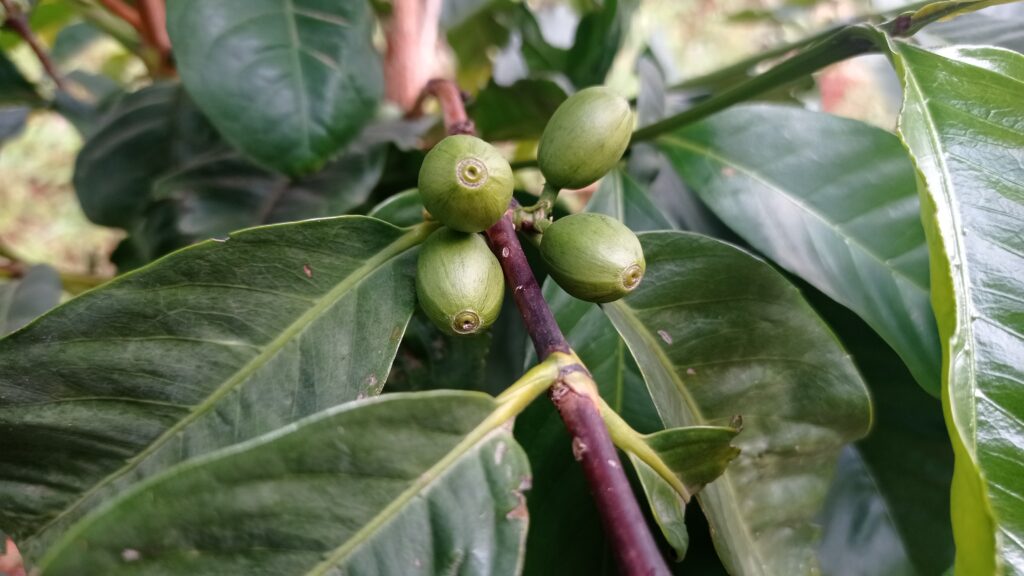

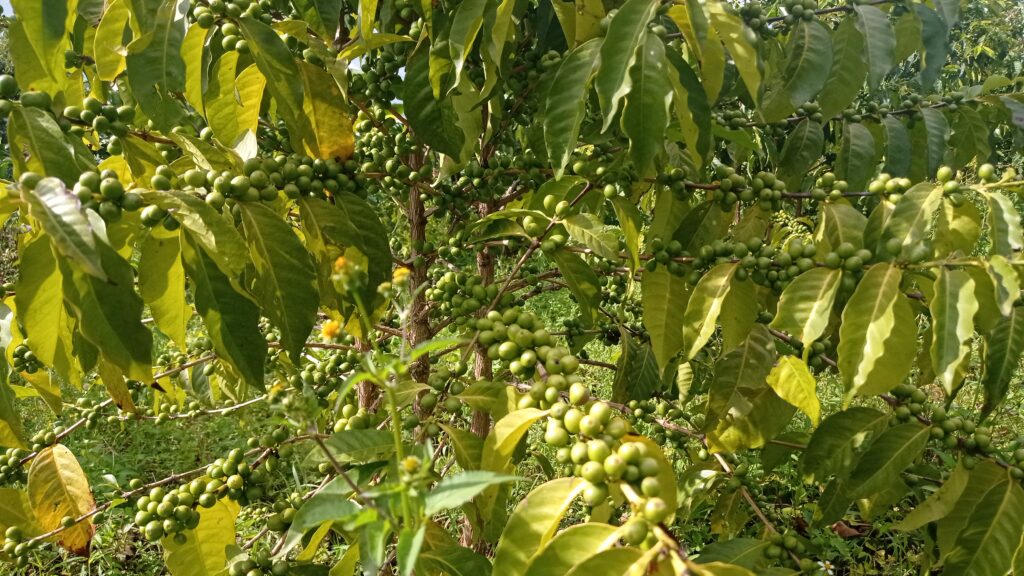
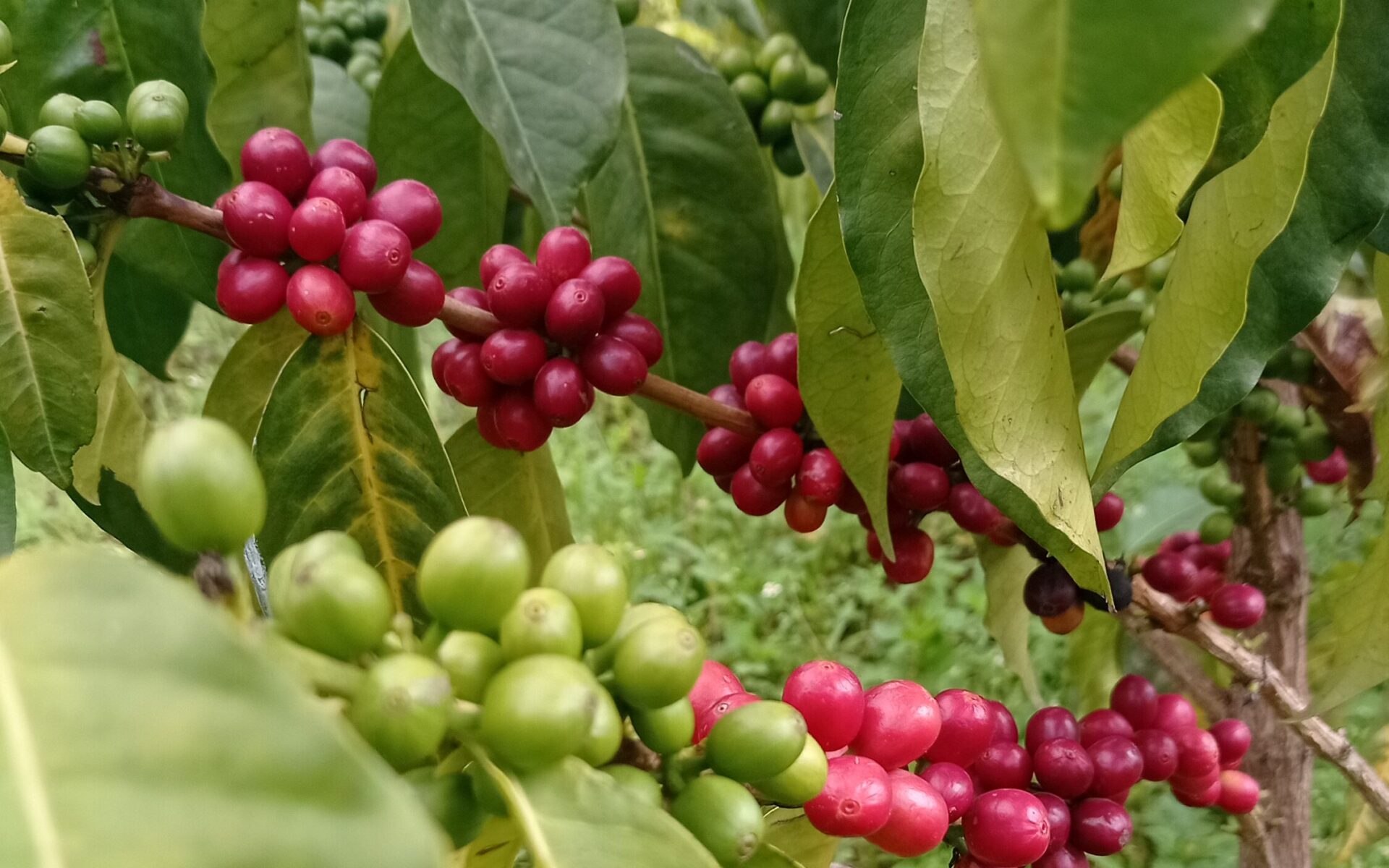
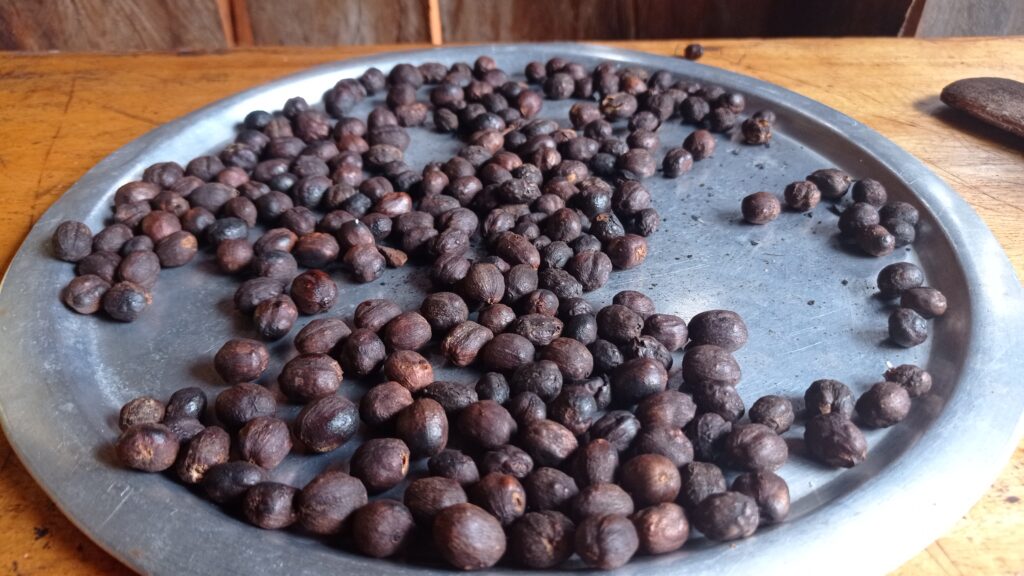
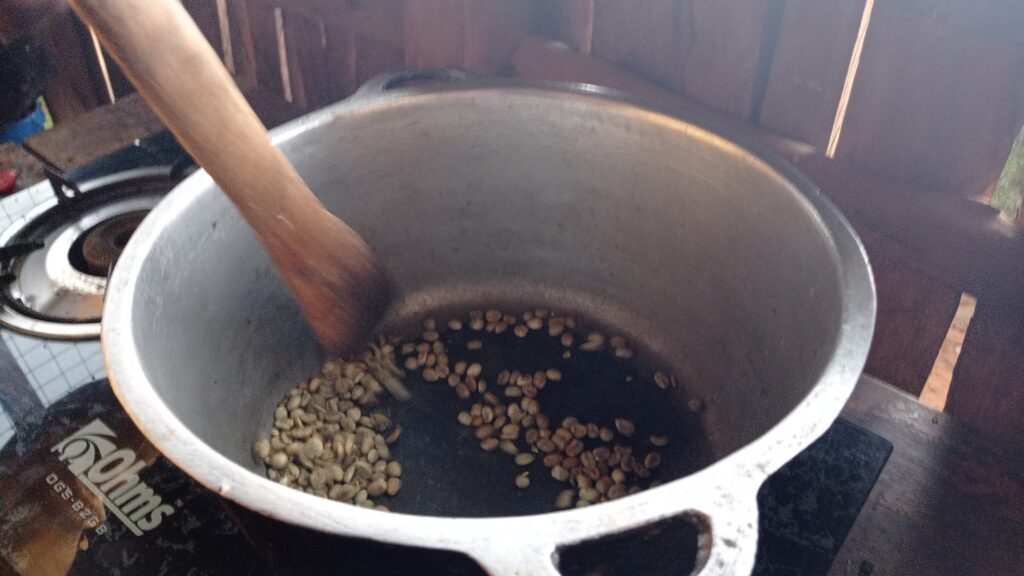
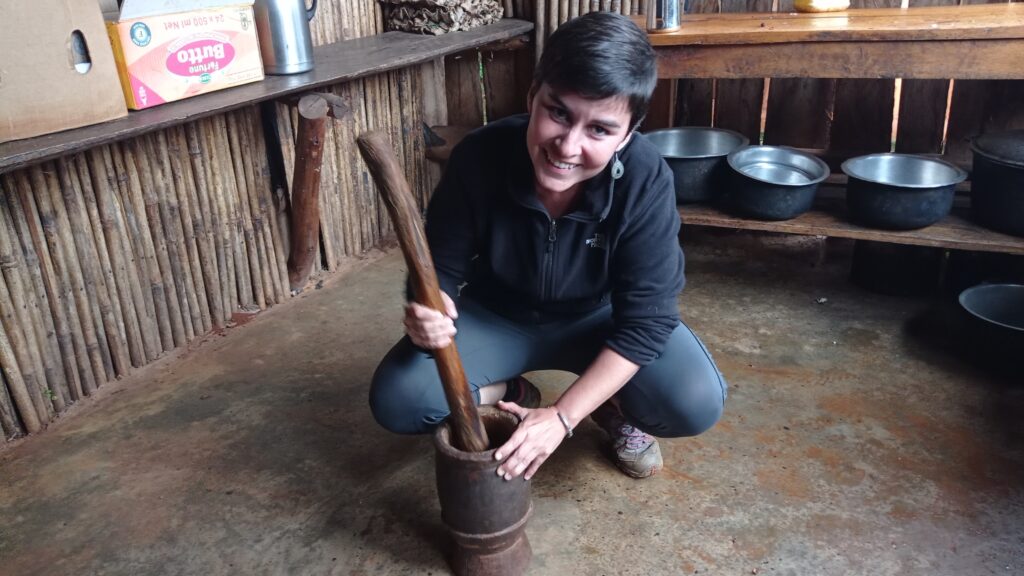
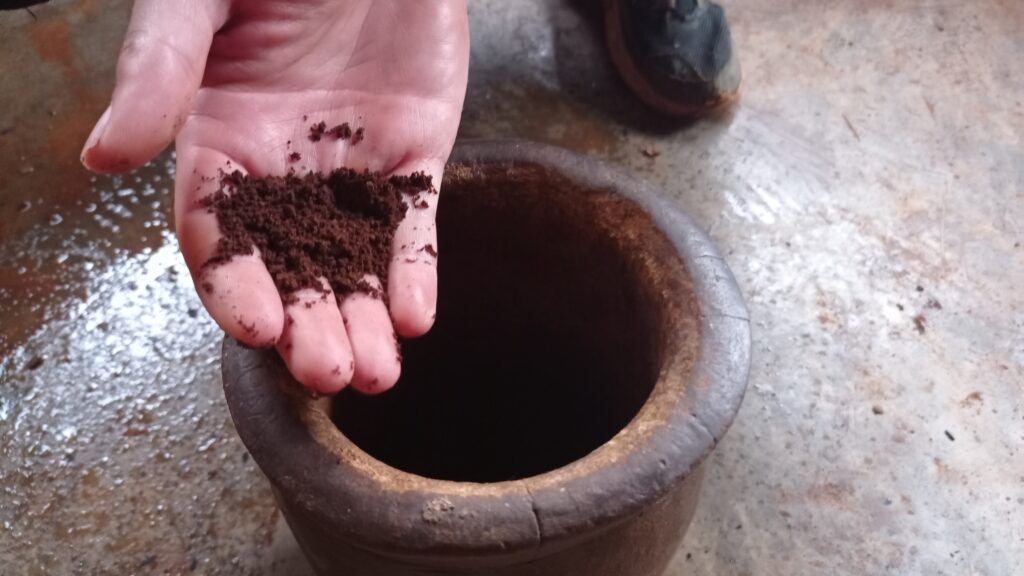

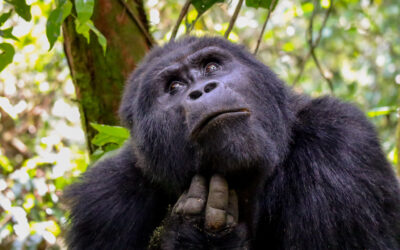



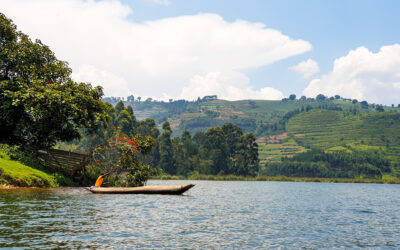
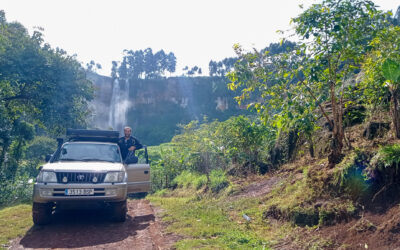

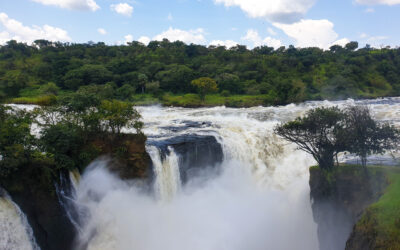

0 Comments